

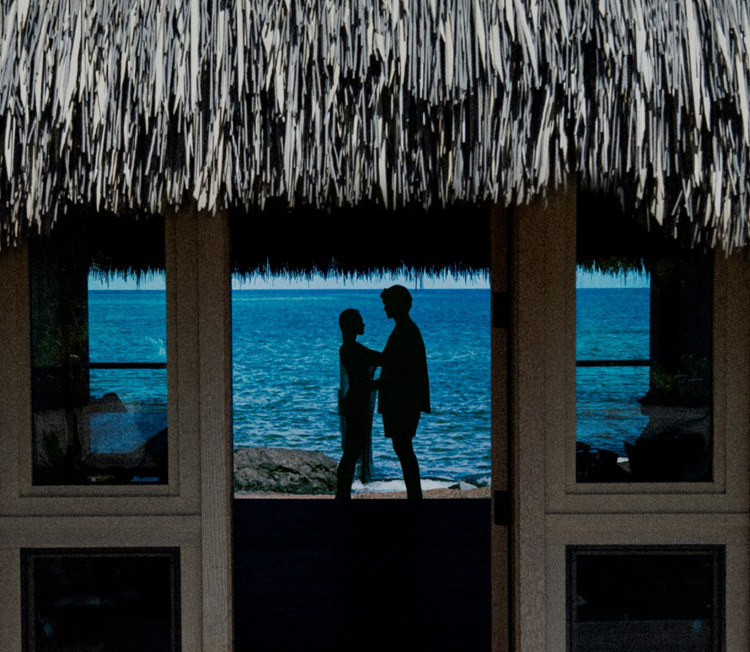

Shane McCauley is an American photographer and film maker living in New York City and Los Angeles. Born in the Pacific Northwest and raised outside of Philadelphia, Shane started taking pictures when he was 7 years old. He has been photographing the music world since he was a teenager. He has published several books to date, notably 128 Beat Per Minute (Rizzoli) and the Blow Your Head (Picturebox) series which chronicles youth culture and music in different parts of the world.
In contrast to Shane’s usual projects, we’ve recently commissioned him on a campaign for a luxury resort in Hawai’i. We sat down to reflect on the experience—including surprisingly untravelled territory, how memories can inspire, and the reward of keeping your head under water.
AS: You were recently approached by Allis Studio to direct and photograph a lifestyle campaign for the Kona Village Resort in Hawai’i. Had you ever been to the Big Island before?
SM: I have been to 71 countries and somehow I have never been to Hawai’i. I don’t know what took me so long but I am grateful for the opportunity to finally visit. I honestly can’t wait to go back and see more.
AS: That’s pretty incredible. You have five more islands to see. Out of the six, the Big Island has some unique features. When you arrived at the resort, what was the first thing that you noticed? Can you describe what you felt when you walked the grounds?
SM: The place had an almost meditative sense of calm and stillness. It was almost like any tension in my body was sucked out of me and out into the sea. I couldn’t wait to instill that kind of peace into the imagery we were going to make.
AS: With the relaunch of this resort, part of the brief was to allude to a sense of nostalgia for the original setting and reawaken some of the cherished moments guests have experienced throughout its history. How did you respond to the brief?
SM: I knew this was an atypical request but I asked if we could shoot the campaign (at least partly) on film. The only way to really make images feel timeless and even nostalgic is to use classic ways of creating images. Use the same methods as when the original resort stood there in the 20th century. My grandparents loved to show super 8 films they shot decades before I was born on holidays and it still touches a nerve with me when I see the jittery soft focus of those old cameras. I have quite a few of them in my camera arsenal now so I decided we should try and put them into use.
The place had an almost meditative sense of calm and stillness. It was almost like any tension in my body was sucked out of me and out into the sea. I wanted to try and instill that kind of peace into the imagery we were going to make.
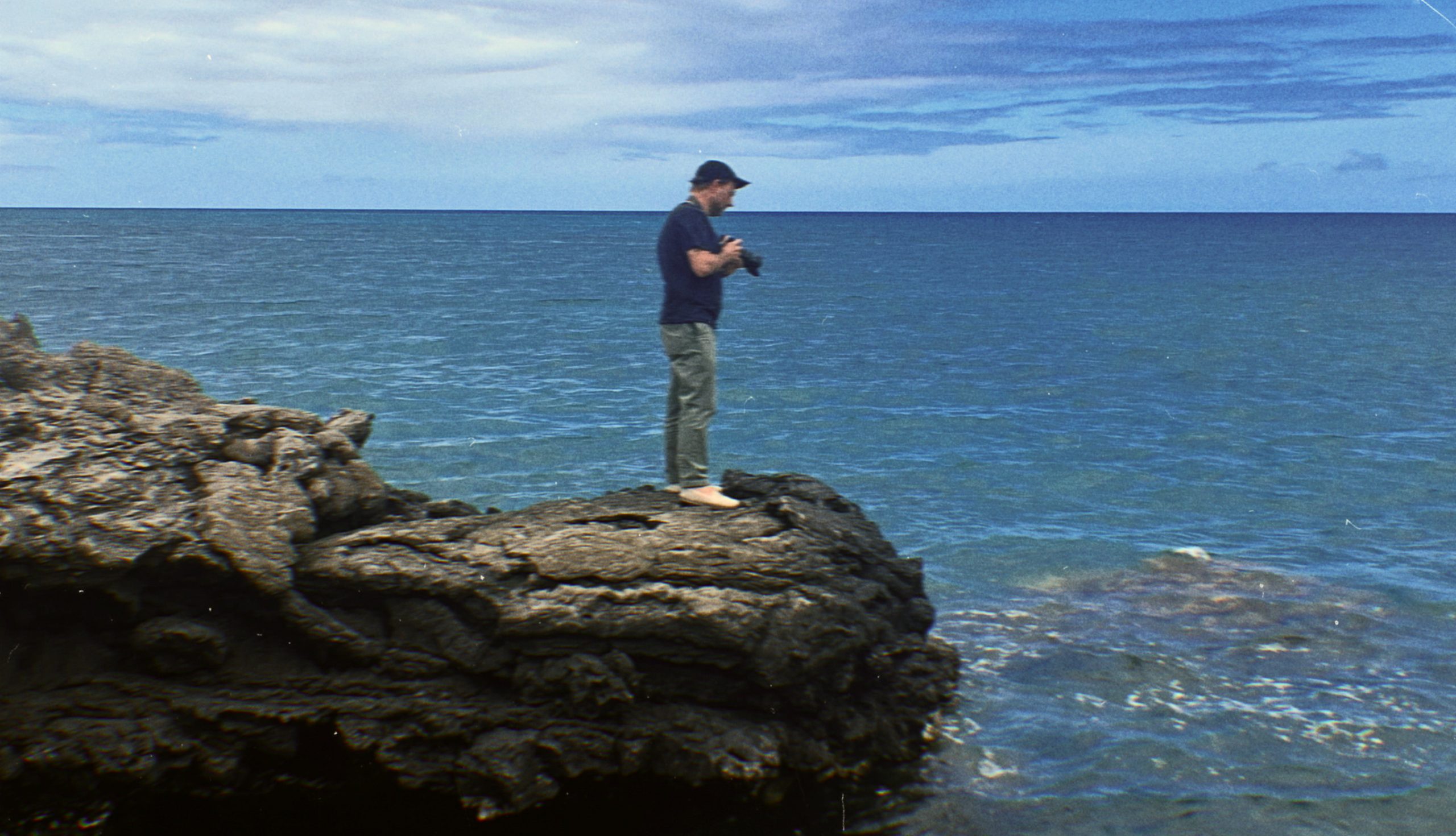
AS: How would you describe the style of the campaign, was there a source of inspiration outside of the art direction and mood board?
SM: I still have the very first photo I ever took. I was 7 years old and on a beach vacation with my family. It was of my family on an old 35mm Minolta camera and it’s not perfectly in focus but I remember that I snapped that photo perfectly clear. It’s a favorite memory of mine of that trip and I think I was subconsciously trying to recreate it in the campaign while I was shooting. There is something that strikes a chord in you when you tap into that energy of childhood family memories.
AS: We love to hear that. Kona Village is such a family oriented place. We’ve heard so many stories of the keiki running freely and exploring. It feels like such an honest depiction. How does this approach differ from luxury resort imagery you’ve seen recently?
SM: I wanted to make the campaign feel like a daydream. You can look at the imagery and it plays out like a real scenario in your mind and less like you are being sold something that is too perfect. I see a lot of hospitality work that is that hyper colorized and too stiff in order to make the product look pristine.

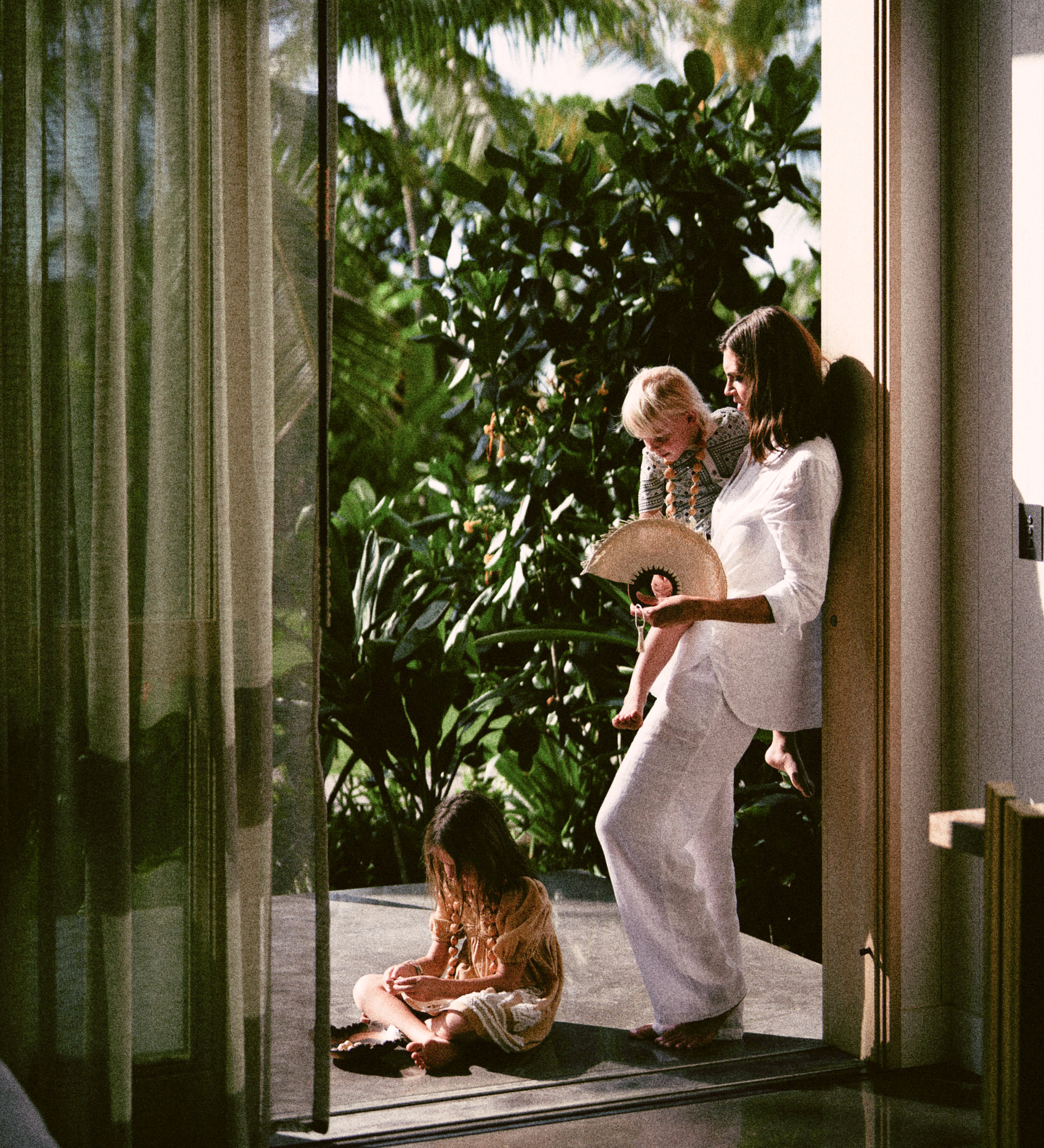
I wanted to make the campaign feel like a daydream. You can look at the imagery and it plays out like a real scenario in your mind and less like you are being sold something that is too perfect.
AS: What was the technical approach to pulling this look off?
SM: I like to compare my style to that of a photojournalist. Candid and from the hip. An almost first person narrative like you are actually there and experiencing the situation. To achieve this we used a ton of different cameras and mediums. We did shoot some digital images but a great deal of it was shot on a 16mm bolex and a rare underwater super 8 camera. I also used some lenses that were produced in the 1960s and classic film stocks too, and at times, make the viewer question if it was shot in 1963 or 2023.
AS: I imagine that working with these precarious mediums requires quite a bit of trust in the process. How do you set expectations and navigate the approvals of scenes when working with these mediums in a commercial environment?
SM: I have a digital camera connected to a computer and a monitor for video so that everyone can see what it is that I am seeing. Once we are getting great content I will switch over to film and get the images in the same format. I like to think of it as sketching with a pencil and then finishing with a pen.
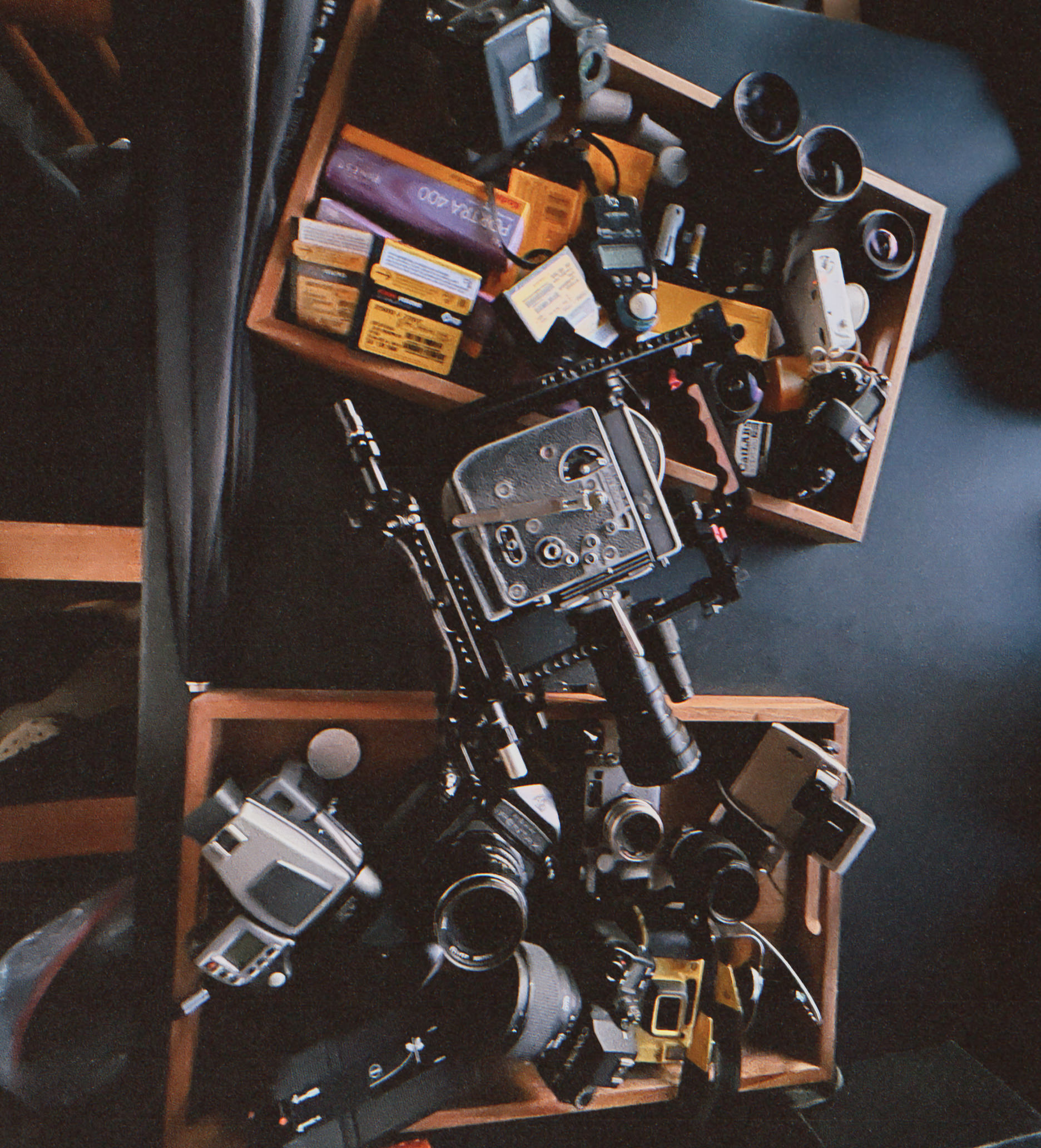

AS: What types of clients are you regularly shooting for, and was a luxury resort a bit of a surprise call?
SM: A lot of my work is for fashion brands and celebrity editorials for magazines. At first it was a surprise, but when I saw the creative decks for the project I knew it was a perfect fit.
AS: What was your favorite scene to shoot? Do you have a favorite image?
SM: Honestly, I am madly in love with the underwater imagery. The image of the couple floating underwater on their backs is truly magical.
AS: We love that scene as well. One of our first selects. It just feels so effortless. Despite the sense of ease in the images, what was the most challenging aspect of the shoot?
SM: Also shooting the couple underwater! I was out in the open ocean without any weights and using an underwater housing that was sealed with air inside so it was like trying to push a buoy underwater and deep enough to get underneath of them to get the right angle for the shot. It was physically taxing but totally worth it in the end.
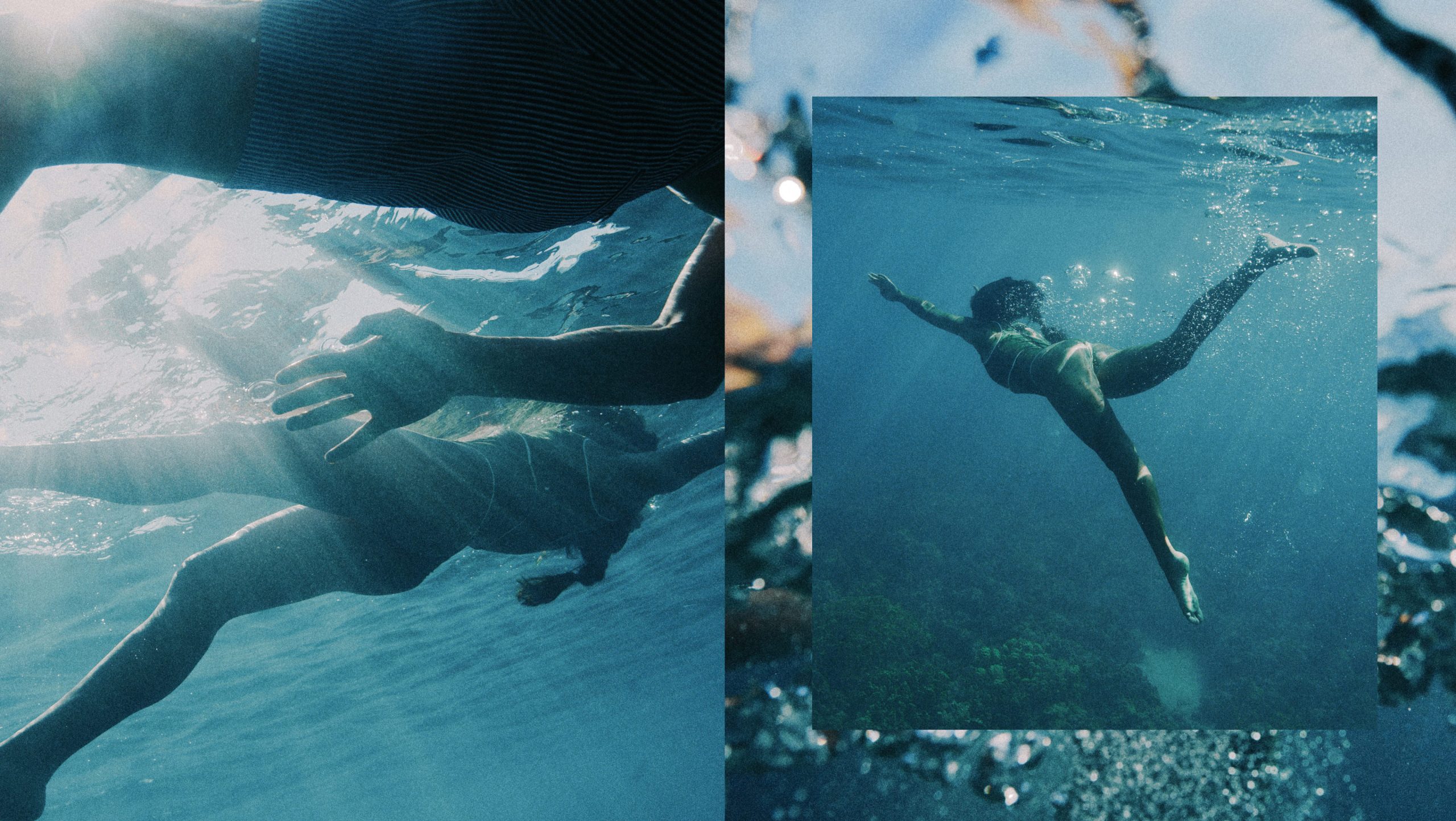
AS: The absolute antithesis of keeping your head above water. The opposite of what your mind and body are telling you to do while drifting out in the middle of the ocean.
SM: It did take some focus. The silence and the calm under the ocean led me to be in some kind of meditative state. I felt like the energy of being down there had to be captured and I needed to make sure I was doing it justice. I only had about 15-20 seconds per plunge to try and get under them enough to get the scene. I think it was almost like the logical part of my brain took a nap and I let my instinctual part take the wheel a little bit.
AS: Your dedication to the shoot payed off well. Outside of an incredible set of images and motion, what did you leave with? Do you have your own nostalgic memory of Kona Village?
SM: At night, after the shoots were over I would often go out to the beach by myself and just stare up at the millions and millions of stars above me and watch the waves reflecting in the moonlight. It was so grounding and zen. I wish I could do that every night.
AS: If you could go back and experience the resort without a camera, crew or client, what would be the first thing you would do?
SM: I would probably go to the spa actually! It wasn’t fully operational when we were there but the space was amazing.
At night, after the shoots were over I would often go out to the beach by myself and just stare up at the millions and millions of stars above me and watch the waves reflecting in the moonlight. It was so grounding and zen. I wish I could do that every night.



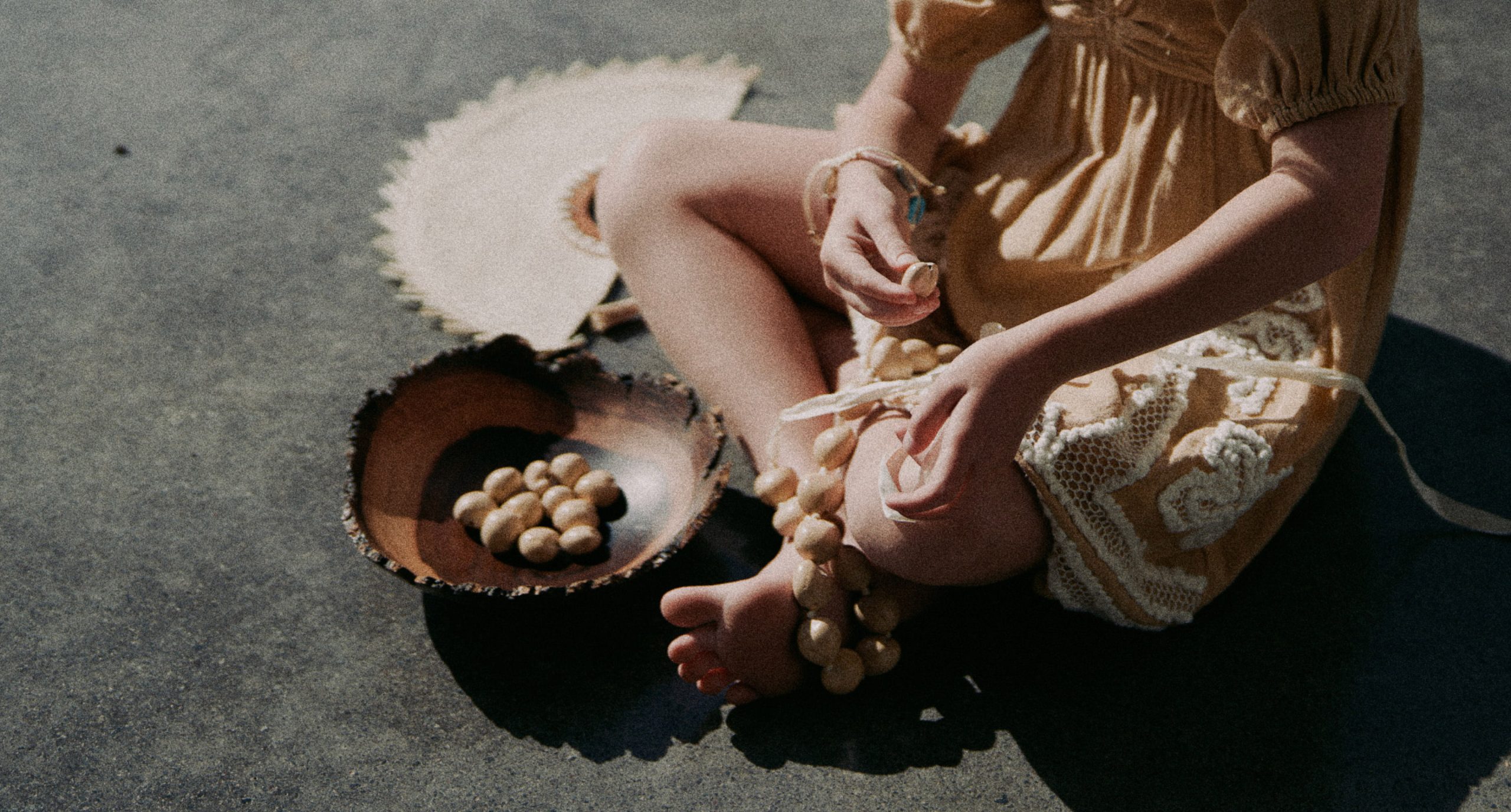


Shane is represented by Print & Contact and available for lifestyle, music, celebrity photoshoots and motion direction. View Shane’s portfolio here: Shane Mcauley